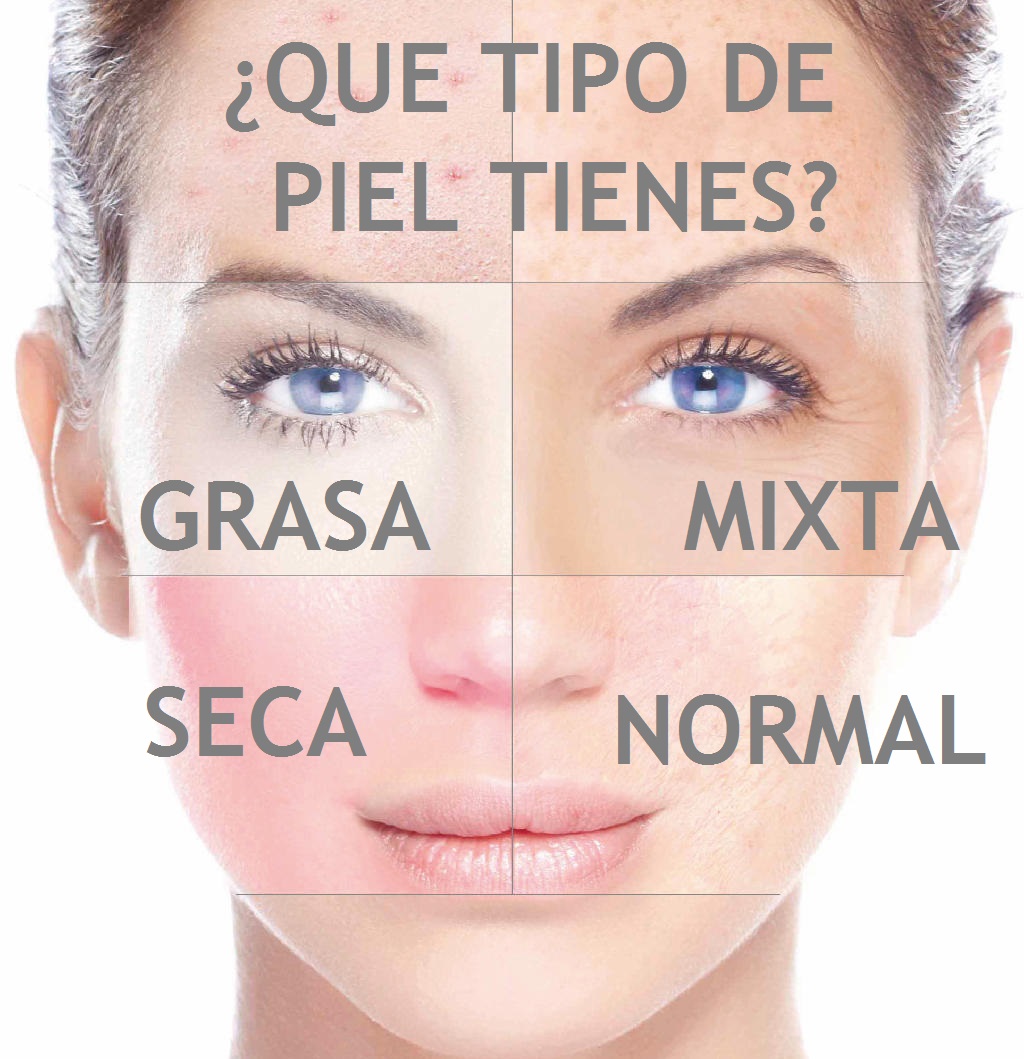Que es la Piel de Gallina: Unraveling the Mystery of Goosebumps
Ever been swept up in a wave of emotion so powerful that your skin erupts in tiny bumps? Or maybe a chill down your spine leaves you momentarily sporting a constellation of gooseflesh. We've all been there. But have you ever stopped to wonder why those little bumps, known as "piel de gallina" in Spanish, appear?
While often dismissed as a fleeting quirk of our biology, these tiny bumps, scientifically known as piloerection, hold a fascinating story – one that stretches back millions of years and speaks volumes about our shared evolutionary journey. From keeping our ancestors warm to signaling fear or excitement, goosebumps are a tangible link to our primal past, offering a glimpse into the complex interplay between our bodies and minds.
The Spanish phrase "piel de gallina," literally translating to "chicken skin," perfectly captures the bumpy texture these involuntary contractions create on our skin. But there's nothing poultry about the science behind this phenomenon. So, let's delve into the fascinating world of goosebumps, exploring their origins, the science behind their appearance, and the surprising role they play in our lives.
Imagine yourself transported back in time, millions of years ago, to a world where our early ancestors roamed the Earth. Covered in a thick coat of hair, these hominids relied on their fur for insulation against the elements. Now, picture a sudden drop in temperature or a threat lurking in the shadows. In these moments of cold or fear, tiny muscles attached to each hair follicle would contract, causing the hairs to stand on end. This served two crucial purposes: trapping a layer of air close to the skin for warmth and making the individual appear larger and more intimidating to potential threats.
Fast forward to the present day, and we humans, having shed our dense fur coats, experience a similar physiological response. While we may no longer need goosebumps to puff up our fur for warmth or intimidation, the mechanism remains deeply ingrained in our DNA. This is why even today, we experience goosebumps in a variety of situations that trigger strong emotional responses, be it fear, excitement, awe, or even listening to a moving piece of music.
The science behind goosebumps is surprisingly straightforward. When we experience a strong emotion, our sympathetic nervous system, responsible for our "fight or flight" response, kicks into gear. This triggers the release of adrenaline, a hormone that, among other things, causes the contraction of the arrector pili muscles attached to our hair follicles. This contraction pulls the hair upright, creating the characteristic bumps on our skin.
While the original purpose of goosebumps, thermoregulation and threat display, may no longer be as relevant to our modern lives, their presence serves as a fascinating reminder of our evolutionary history. More than just a quirky skin reaction, goosebumps offer a glimpse into the intricate workings of our bodies and the enduring power of our evolutionary legacy.
The power of weekend wishes building connections across cultures
Unlocking physics mastering work power and energy word problems
Level up your math notes the art of aesthetic math notebook covers

Introducción a la piel humana | Innovate Stamford Now

Stream De Que Color Es La Piel De Dios by Adelante Juventud | Innovate Stamford Now

Piel de Mariposa, una enfermedad rara y extremadamente dolorosa | Innovate Stamford Now

¿Qué es la piel queratinizada? ¿Tiene solución? ¿Es lo mismo que la | Innovate Stamford Now

La insospechada razón por la que se nos pone la piel de gallina | Innovate Stamford Now

¿Qué es la piel fresa? 10 Formas de tratar la Piel de Frutilla | Innovate Stamford Now

Estructura De La Piel | Innovate Stamford Now

¿Qué es la piel de gallina y cómo eliminarla? Te explicamos | Innovate Stamford Now

Los Cuatro Tipos De Piel | Innovate Stamford Now

¿Qué te está diciendo tu cuerpo cuando se te pone la piel de gallina | Innovate Stamford Now

Que Es Cancer De Piel | Innovate Stamford Now

Características de la Piel | Innovate Stamford Now

¿Qué es la piel de gallina y por qué aparece? | Innovate Stamford Now

Partes Y Funciones De La Piel | Innovate Stamford Now

Anatomía de la gallina | Innovate Stamford Now